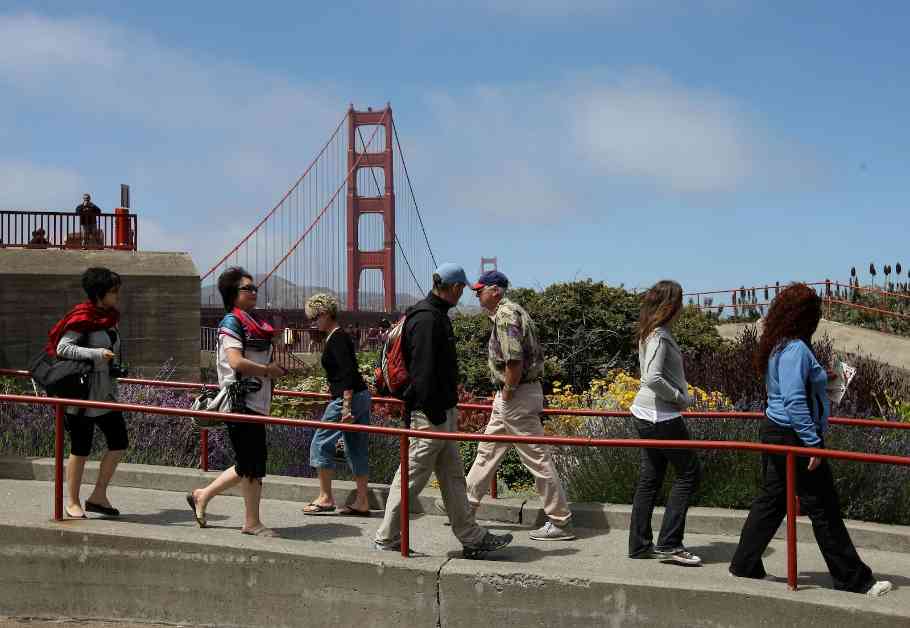America’s Walkability Revolution: Transforming Cities, One Step at a Time
For decades, the United States has been a nation dominated by cars, favoring highways over sidewalks and prioritizing vehicle traffic over pedestrian safety. But a new study published in the American Journal of Epidemiology has shed light on the transformative power of walkability and its impact on public health, transportation, and the environment.
The study, which analyzed data from 11,000 pairs of twins living in different neighborhoods, revealed a crucial connection between walkability and physical activity. Researchers found that for every 1% increase in neighborhood walkability, residents walked an additional 0.42% more minutes per week. This means that by improving a neighborhood’s walkability by 50%, an average resident could potentially walk an extra 20 minutes a week, leading to significant improvements in public health at a population level.
Glen E. Duncan, the lead author of the study and a professor of nutrition and exercise physiology at Washington State University, emphasized the importance of structural changes in promoting physical activity. He highlighted the limitations of individual behavior change efforts, stating that encouraging people to eat healthier and exercise more is not enough without addressing the larger environmental barriers that hinder these efforts.
Walkability: A Key to Health and Sustainability
The findings of the study have far-reaching implications for city planning and public health initiatives. By prioritizing walkability and creating pedestrian-friendly environments, cities can promote healthier lifestyles, reduce greenhouse gas emissions, and improve air quality. Elizabeth Sawin, the director of the Multisolving Institute, emphasized the role of walkable cities in addressing climate change and fostering community connections and economic vitality.
Transforming Cities, One Step at a Time
The study’s results underscore the need for city governments to invest in infrastructure that supports walking and cycling as viable transportation options. By making neighborhoods more walkable, cities can enhance public health, reduce traffic congestion, and create safer environments for pedestrians and cyclists. Bunmi Akinnusotu, director of city innovation at the Aspen Institute, highlighted the potential of walkability initiatives to benefit marginalized communities and improve overall quality of life.
Paving the Way Forward
As cities across the United States embrace the concept of walkability, innovative solutions are emerging to enhance pedestrian safety and promote human health. From the transformation of urban spaces into pedestrian parks to the implementation of slow streets to reduce traffic speed, communities are reimagining their built environments to prioritize people over cars. With a focus on creating inclusive, walkable cities, policymakers and residents alike can work together to build healthier, more sustainable communities for all.
In the words of Glen E. Duncan, “If we really want to move the needle on public health, we need to be thinking about things that we can change that impact a large percentage of the population.” By taking steps towards greater walkability and pedestrian-friendly urban design, cities can pave the way towards a healthier, more sustainable future for all.














